
Deutsch-Chinesische Enzyklopädie, 德汉百科
 Nei Mongol Zizhiqu-NM
Nei Mongol Zizhiqu-NM

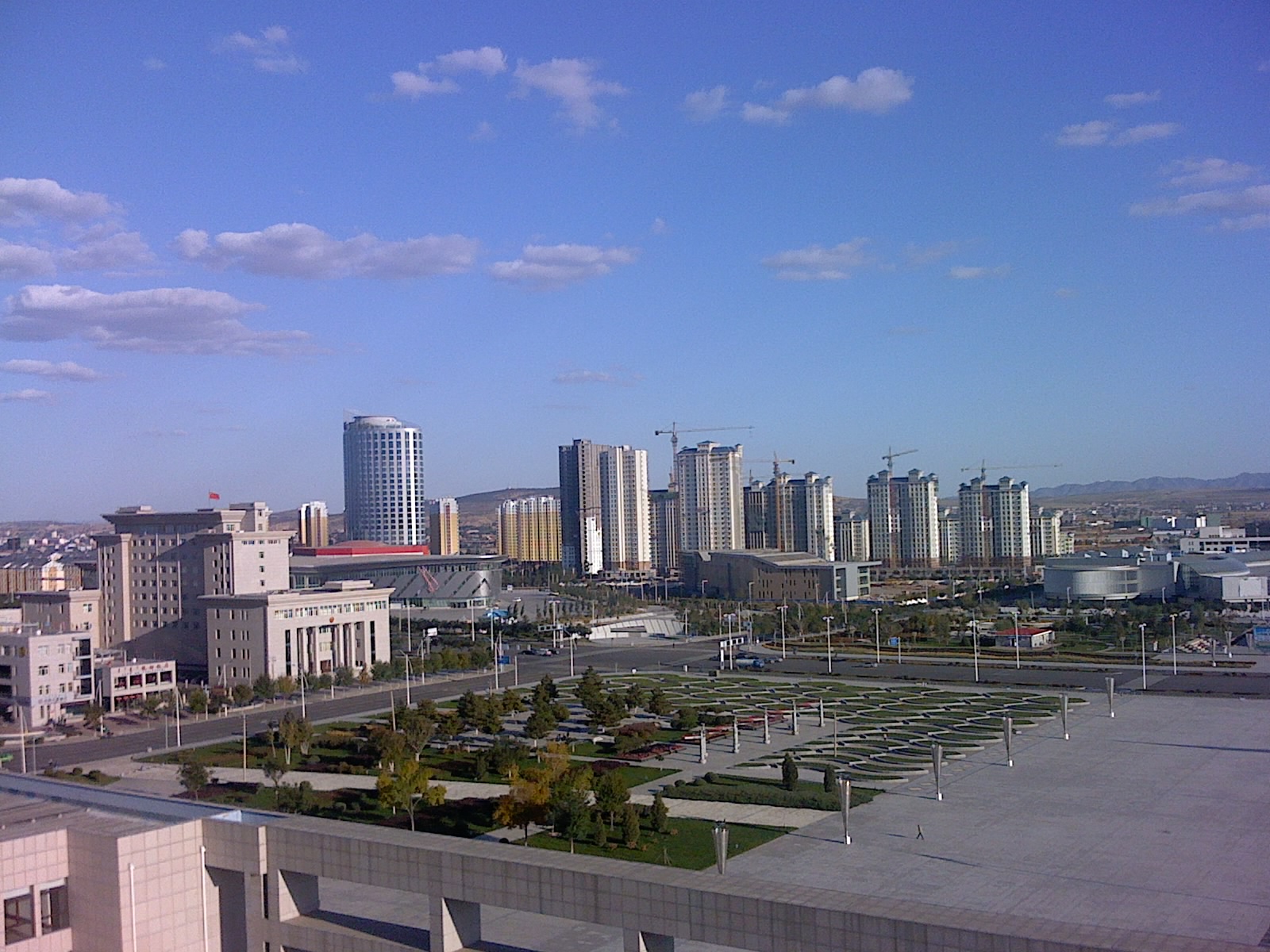
 Anhui Sheng-AH
Anhui Sheng-AH
 Belarus
Belarus
 Belarus
Belarus
 Belgium
Belgium

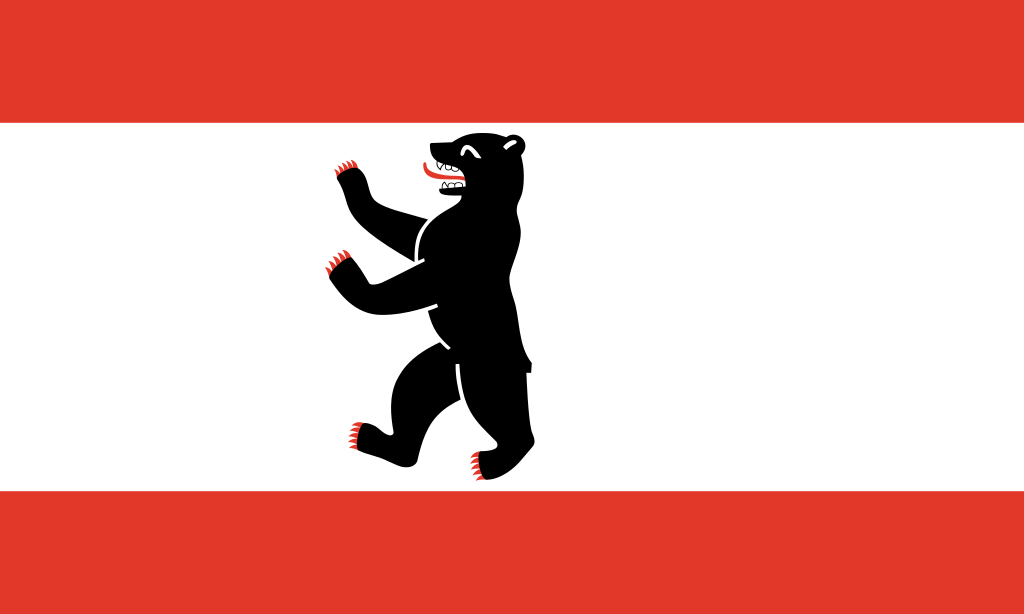 Berlin
Berlin

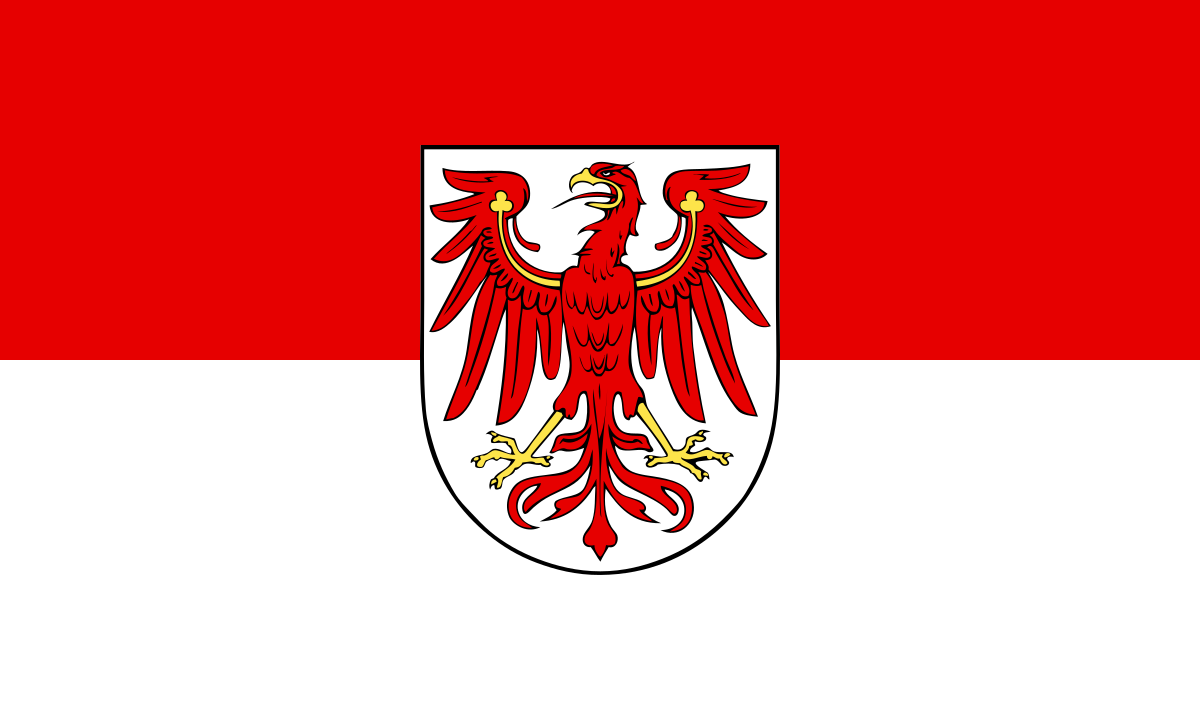 Brandenburg
Brandenburg

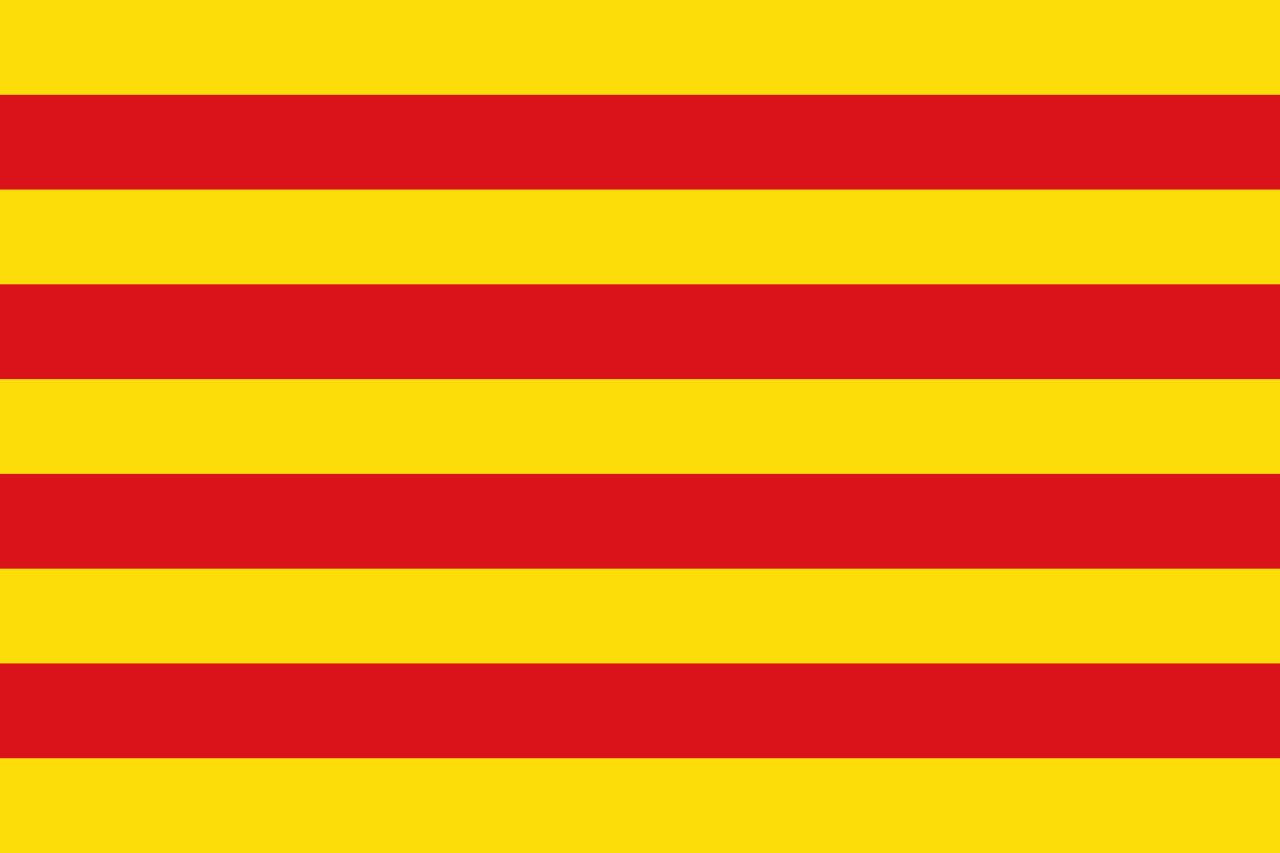 Cataluña
Cataluña
 China
China
 Chongqing Shi-CQ
Chongqing Shi-CQ
 Germany
Germany
 England
England
 France
France
 Fujian Sheng-FJ
Fujian Sheng-FJ
 Gansu Sheng-GS
Gansu Sheng-GS
 Guangdong Sheng-GD
Guangdong Sheng-GD
 Guizhou Sheng-GZ
Guizhou Sheng-GZ
 Guizhou Sheng-GZ
Guizhou Sheng-GZ

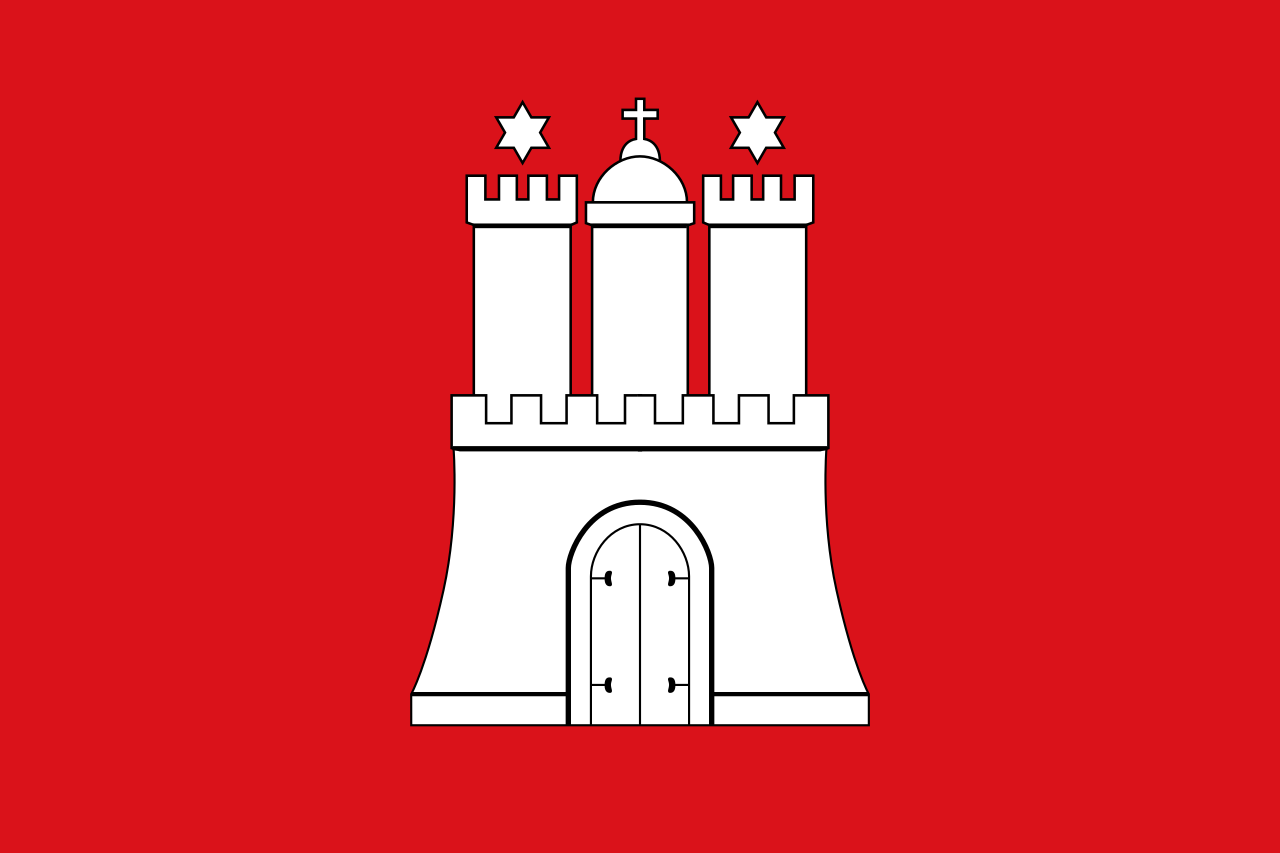 Hamburg
Hamburg

 Hand in Hand
Hand in Hand

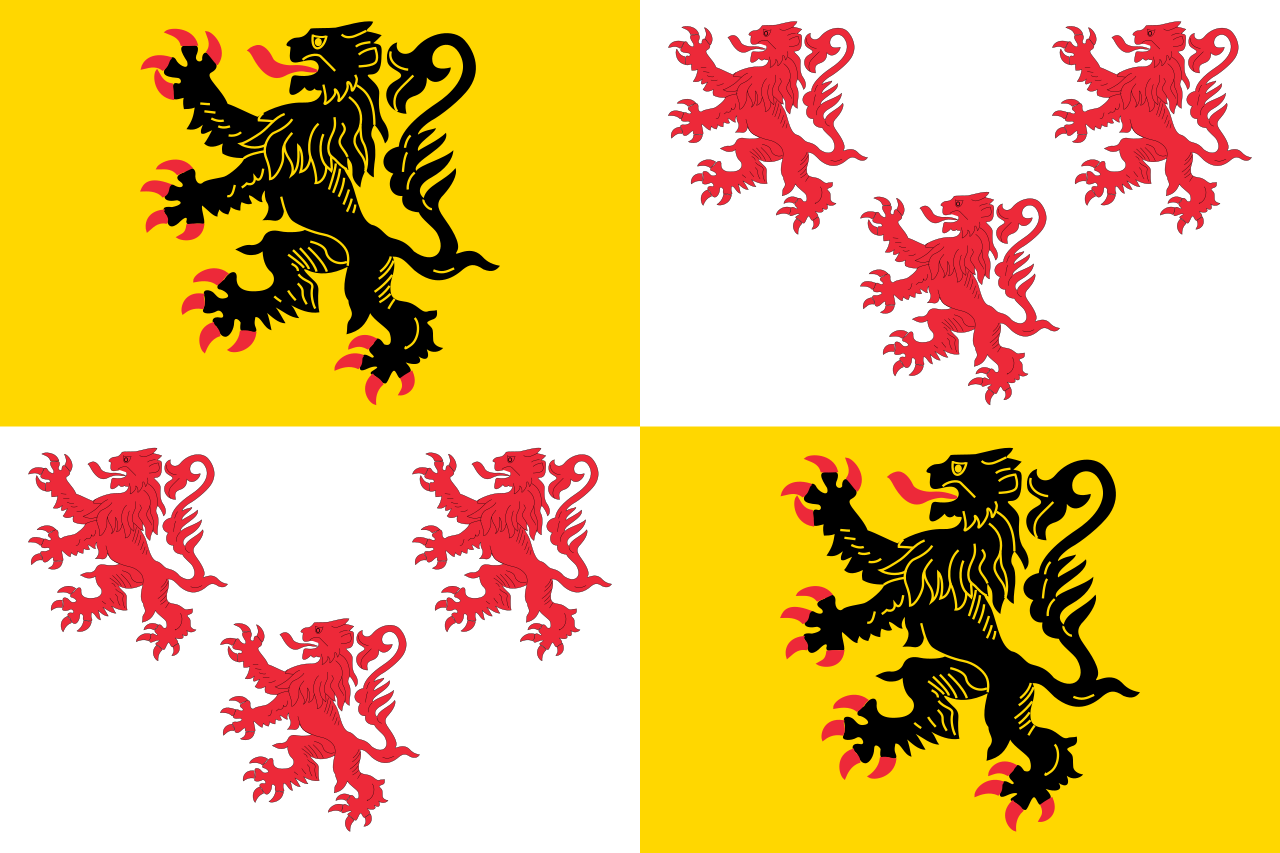 Hauts-de-France
Hauts-de-France
 Hebei Sheng-HE
Hebei Sheng-HE
 Heilongjiang Sheng-HL
Heilongjiang Sheng-HL
 Henan Sheng-HA
Henan Sheng-HA
 Hubei Sheng-HB
Hubei Sheng-HB
 Hunan Sheng-HN
Hunan Sheng-HN
 Jiangsu Sheng-JS
Jiangsu Sheng-JS
 Jilin Sheng-JL
Jilin Sheng-JL
 Kasachstan
Kasachstan
 Liaoning Sheng-LN
Liaoning Sheng-LN

 Madrid
Madrid

 Mecklenburg-Vorpommern
Mecklenburg-Vorpommern
 Nei Mongol Zizhiqu-NM
Nei Mongol Zizhiqu-NM

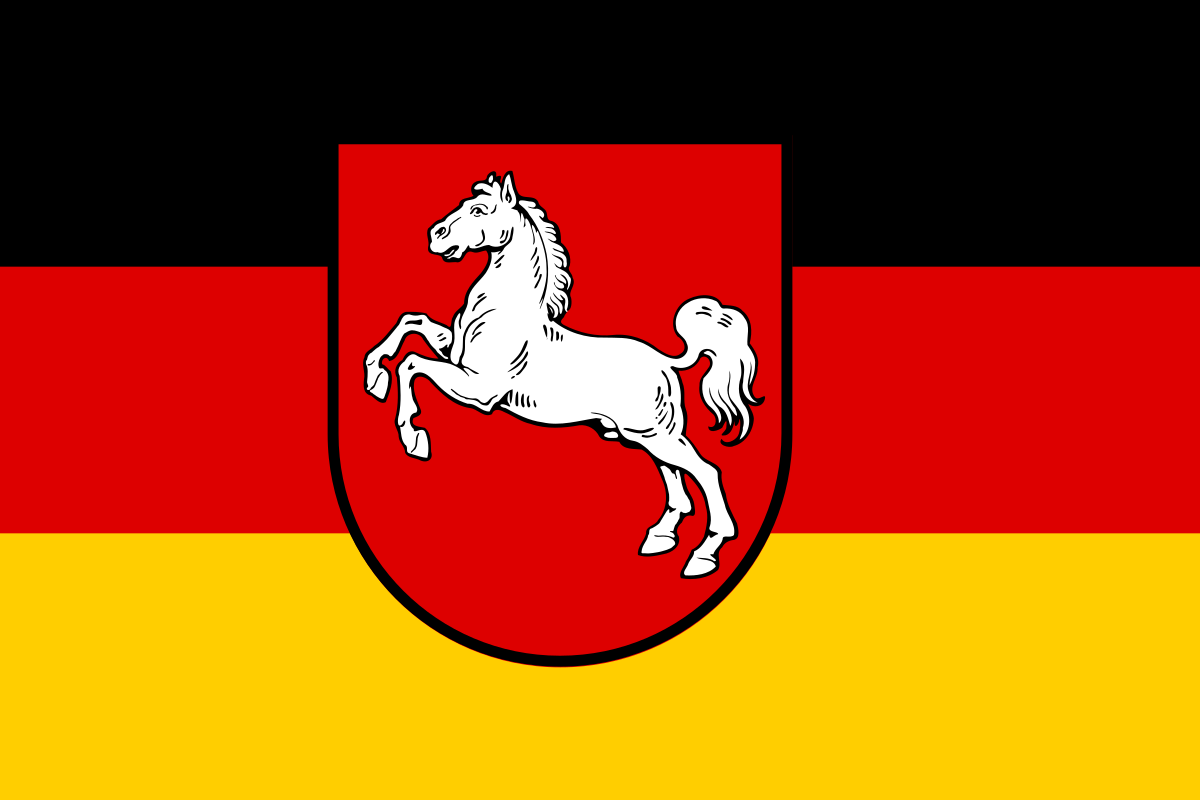 Lower Saxony
Lower Saxony
 Ningxia Huizu Zizhiqu-NX
Ningxia Huizu Zizhiqu-NX
 Nord-Pas-de-Calais
Nord-Pas-de-Calais

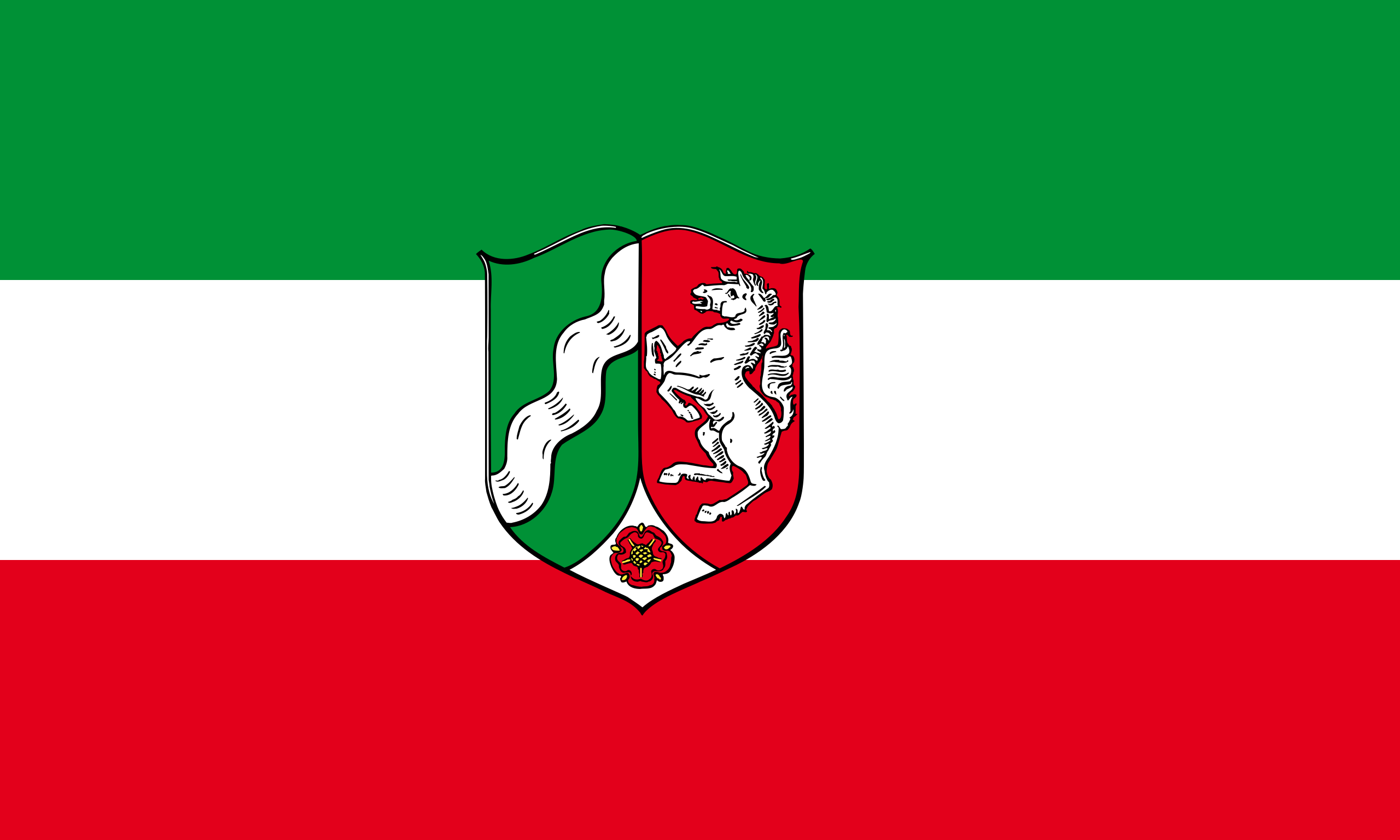 North Rhine-Westphalia
North Rhine-Westphalia
 Poland
Poland
 Qinghai Sheng-QH
Qinghai Sheng-QH
 Russia
Russia

 Schleswig-Holstein
Schleswig-Holstein
 Silk road
Silk road
 Shaanxi Sheng-SN
Shaanxi Sheng-SN
 Shandong Sheng-SD
Shandong Sheng-SD
 Sichuan Sheng-SC
Sichuan Sheng-SC
 Spain
Spain
 Czech Republic
Czech Republic
 Uzbekistan
Uzbekistan
 United Kingdom
United Kingdom
 Xinjiang Uygur Zizhiqu-XJ
Xinjiang Uygur Zizhiqu-XJ
 Xizang Zizhiqu-XZ
Xizang Zizhiqu-XZ
 Zhejiang Sheng-ZJ
Zhejiang Sheng-ZJ

中欧班列(英语译名:China Railway Express 或 China-Europe Railway Express[1][2],简称为 CR express[3])是指按照固定车次、线路、班期和全程运行时刻开行,往来于中国与欧洲以及一带一路沿线各国的集装箱国际铁路联运班列,其中一班是从中国陜西省西安市开往欧洲的火车。[4]为加强与欧洲国家的商业贸易联络,中国政府和中国国家铁路集团与中亚和欧洲各国铁路系统协作,从起初重庆到德国的杜伊斯堡,发展到国内通达城市82个,国外通达欧亚国家的160多个城市,形成了阿拉山口、霍尔果斯、二连浩特、满洲里、绥芬河五大出境口岸,重庆、成都、西安、郑州、乌鲁木齐五大集结中心[5],开行从中国大陆到达最远伦敦、汉堡等地的国际联运列车。[3]
中欧班列也是世界上最长的货运铁路线,连接中国、哈萨克斯坦、俄罗斯、白俄罗斯、波兰、德国、法国、西班牙和伦敦。
Trans-Eurasia Logistics, AKA CHINA RAILWAY Express[1], was a joint venture between German rail company Deutsche Bahn and Russian RZhD, China Railway Corporation from China, Russian Railway Company, Russia operating container freight trains between Germany and China via Russia. The first such train arrived in Hamburg from Xiangtan on 6 October 2008, taking 17 days to make the trip.[2] Intermodal companies Polzug, Kombiverkehr, and TransContainer are also involved in the project.[3]
Container trains travel from China to Germany via the Trans-Mongolian and Trans-Siberian Railways, and then via Belarus and Poland - the route collectively known as the "Eurasian Land Bridge".[3] A break of gauge needs to be crossed when entering Mongolia from China (or Russia directly from China, if traveling via Manzhouli/Zabaykalsk), and then another one when leaving Belarus for Poland.
Trans-Eurasia Logistics operates the Yiwu - Madrid Railway line, which is the longest goods railway line in the world and connects China, Kazakhstan, Russia, Belarus, Poland, Germany, France and Spain. [4]
Trans-Eurasia Logistics est une coentreprise entre la Deutsche Bahn, la Kasachstan Temir Scholy, la China Railway Corporation et la Compagnie des chemins de fer russes, fondée en 20081
Elle permet à des trains de fret entre l'Allemagne et la Chine via la Russie, de réaliser ce trajet en dix-huit jours2.


大凌河又称鄂木伦河,中华人民共和国辽宁省西部主要河流,古称白狼水,辽朝改名为灵河,金朝又改为凌河,后为与小凌河相区分,称大凌河。
大凌河上游分为南北两支,北源发源于凌源市,南源发源于建昌县,在喀喇沁左翼蒙古族自治县境内合流,流向东北。至北票市境内折往东南,下游受医巫闾山阻挡,折而向南,在凌海市境内注入辽东湾。该河全长375公里,年均径流量16.67亿立方米。
Der Daling-Fluss (chinesisch: 大凌河; pinyin: Dàlíng Hé) ist ein Fluss im Nordosten Chinas. Mit einer Länge von 435 Kilometern ist er der Hauptfluss im trockenen westlichen Teil von Liaoning. Sein Einzugsgebiet umfasst 23.837 Quadratkilometer, von denen 85 % in Liaoning, 13 % in der Inneren Mongolei und die restlichen 2 % in Hebei liegen.



达斡尔族是中国少数民族之一,主要分布于内蒙古自治区莫力达瓦达斡尔族自治旗、鄂温克族自治旗以及黑龙江省齐齐哈尔市梅里斯达斡尔族区一带;少数居住在新疆塔城。目前约有13.1万人。亦分布于俄罗斯(石勒喀河与伯力一带),俄罗斯称相关地区为达斡里亚(Даурия),即外贝加尔。
Die Daur (auch: Dauren, Daguren, Daghuren, Dachuren u. a.; Eigenbezeichnung: Daor; chinesisch 達斡爾族 / 达斡尔族, Pinyin Dáwò’ěrzú; bis Anfang der 1950er Jahre zählten Teile von ihnen zu den "Solonen" chinesisch 索倫, Pinyin Suòlún),[1] sind eine der 56 offiziell anerkannten Nationalitäten der Volksrepublik China. Sie sprechen eine Sprache aus der mongolischen Sprachfamilie. Nach der letzten Volkszählung im Jahr 2010 zählen sie 131.992 Menschen. Sie leben in der Inneren Mongolei (Hulun Buir, vor allem Morin Dawa), in Heilongjiang (Qiqihar, vor allem Meilisi, Youyi und Taha), und in Xinjiang (Tacheng).[2]
ダウール族(達斡爾族)は、モンゴル系の民族。中国領内の内モンゴル自治区北部のフルンボイル市、黒竜江省が元来の居住地であり、また清代の乾隆年間(18世紀後半)には新疆に駐屯兵が派遣され、その末裔数千人が旧駐屯地(現在のタルバガタイ地区)に分布している。人口は約13万2千人。
The Daur people (Khalkha Mongolian: Дагуур/Daguur; simplified Chinese: 达斡尔族; traditional Chinese: 達斡爾族; pinyin: Dáwò'ěr zú; the former name "Dahur" is considered derogatory[citation needed]) are a Mongolic-speaking ethnic group in northeastern China. The Daurian form one of the 56 ethnic groups officially recognised in the People's Republic of China. They numbered 131,992 according to the latest census (2010), and most of them live in Morin Dawa Daur Autonomous Banner in Hulun Buir, Inner Mongolia and Meilisi Daur District in Qiqihar, Heilongjiang of China. There are also some near Tacheng in Xinjiang, where their ancestors were moved during the Qing Dynasty.
Les Daur (chinois simplifié : 达斡尔族 ; chinois traditionnel : 達斡爾族 ; pinyin : ; l'ancien nom "Dahur" est considéré comme péjoratif[réf. nécessaire]) sont un groupe ethnique constituant un des 56 groupes ethniques officiellement identifiés par la République populaire de Chine.
I Daur (o anche Dahur, in Cinese: 达斡尔族, in Pinyin: Dáwò'ěrzú; il nome ufficiale "Dahur" è considerato dispregiativo) sono un gruppo etnico facente parte dei 56 gruppi etnici riconosciuti ufficialmente dalla Repubblica popolare cinese.
Secondo l'ultimo censimento del 2000, essi contano 132,394 individui, molti dei quali vivono sotto la Bandiera Autonoma dei Daur Morin Dawa (Mòlì Dáwǎ Dáwò'ěrzú Zìzhìqí 莫力达瓦达斡尔族自治旗), nella regione autonoma cinese detta "Mongolia Interna" (Nei Menggu). Geneticamente, i Daur sono discendenti dei Kitai, come hanno provato alcune recenti analisi del DNA[1].
Los daur (chino: 达斡尔族; pinyin: Dáwò'ěrzú) son una minoría étnica, una de las 56 oficialmente reconocidas por el gobierno de la República Popular China. Habitan principalmente en la región autónoma de Mongolia Interior y en las provincias de Heilongjiang y Xinjiang. Su población aproximada es de unas 13.000 personas.

Der Dazhao-Tempel (chinesisch 大召 oder 大召寺, Pinyin Dàzhào ‚Großer Tempel‘)[1] ist ein bedeutender Tempel der Gelug-Schule des tibetischen Buddhismus in der Altstadt von Hohhot, der Hauptstadt der Inneren Mongolei. Er wurde ursprünglich 1579 in der Zeit der Ming-Dynastie erbaut und gilt als der älteste lamaistische Tempel der Inneren Mongolei.
Zu seinen besonders verehrten religiösen Schätzen zählt eine vom 3. Dalai Lama 1586 anlässlich eines Besuchs gestiftete überlebensgroße silberne Shakyamuni-Statue, weshalb der Tempel auch Silber-Buddha-Tempel (chinesisch 银佛寺, Pinyin Yínfó Sì) genannt wird. Er besitzt auch einen Schrein für den Qing-Kaiser Kangxi und Wandgemälde, die an dessen Besuch erinnern. Zu seinen Kulturgütern zählen fein gearbeitete Drachen-Schnitzereien.





 Eat and Drink
Eat and Drink
 Transport and traffic
Transport and traffic

 Companies
Companies
 Agriculture, forestry, livestock, fishing
Agriculture, forestry, livestock, fishing
 Geography
Geography
 Architecture
Architecture
 Religion
Religion
 Music charts
Music charts